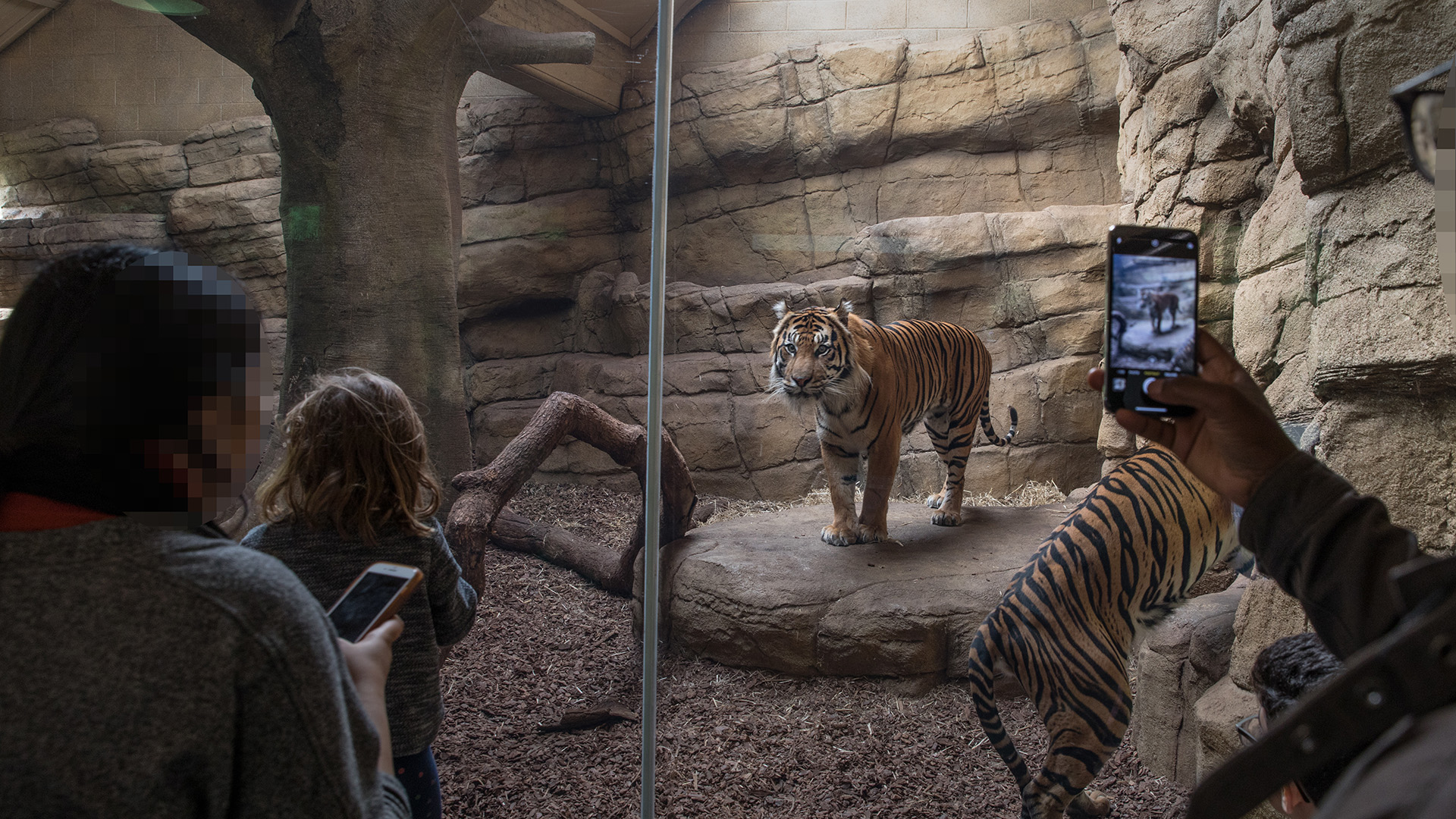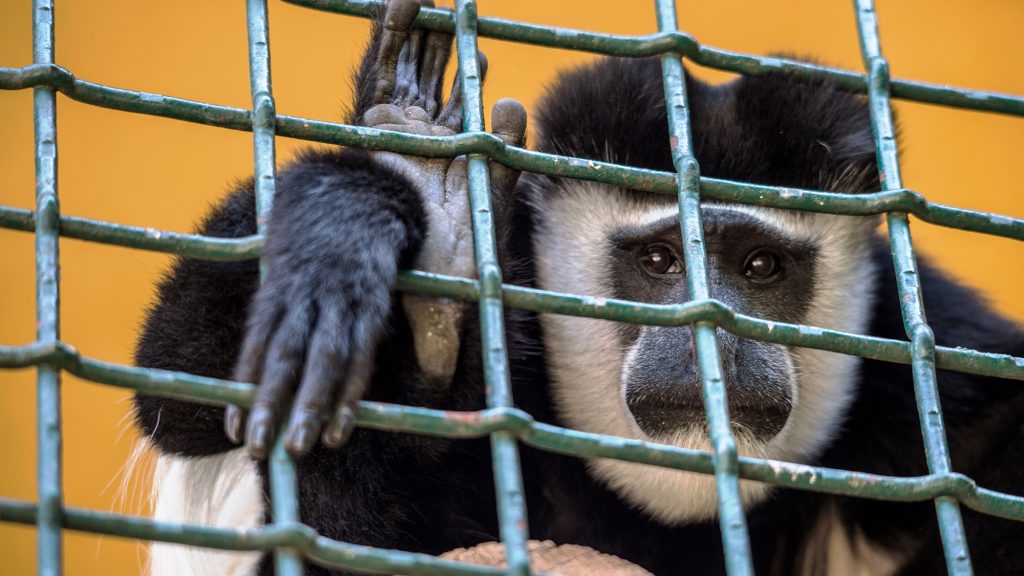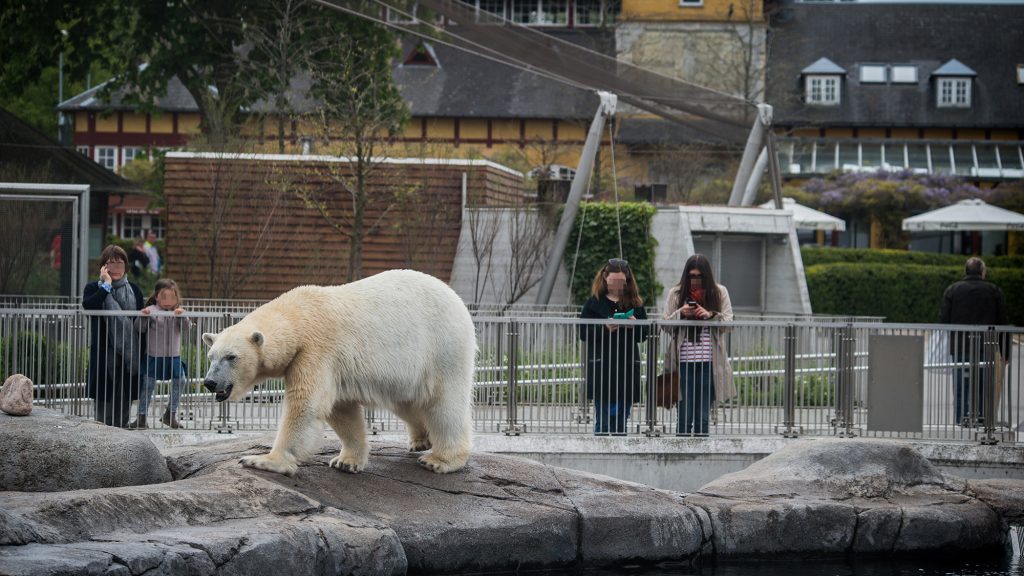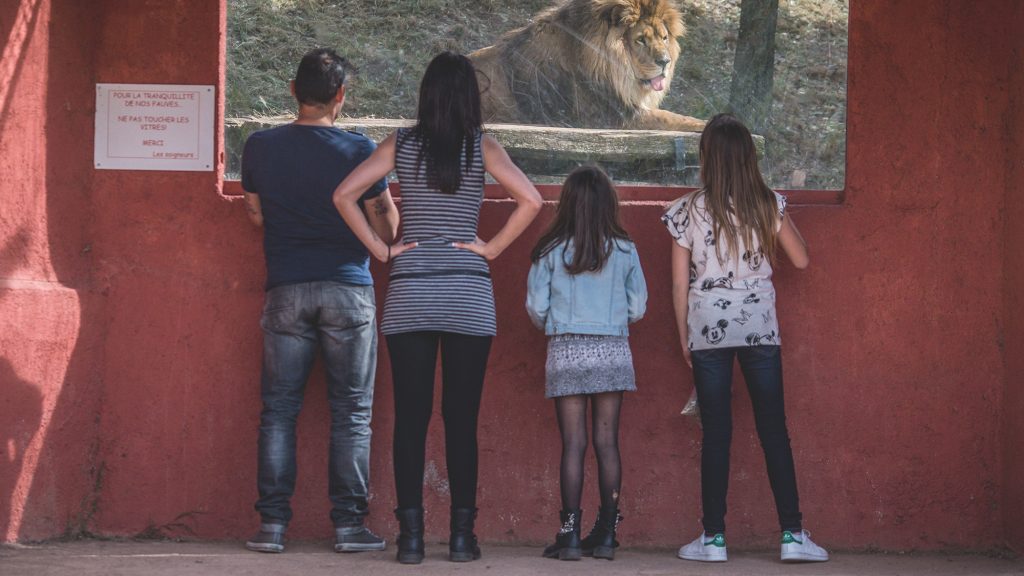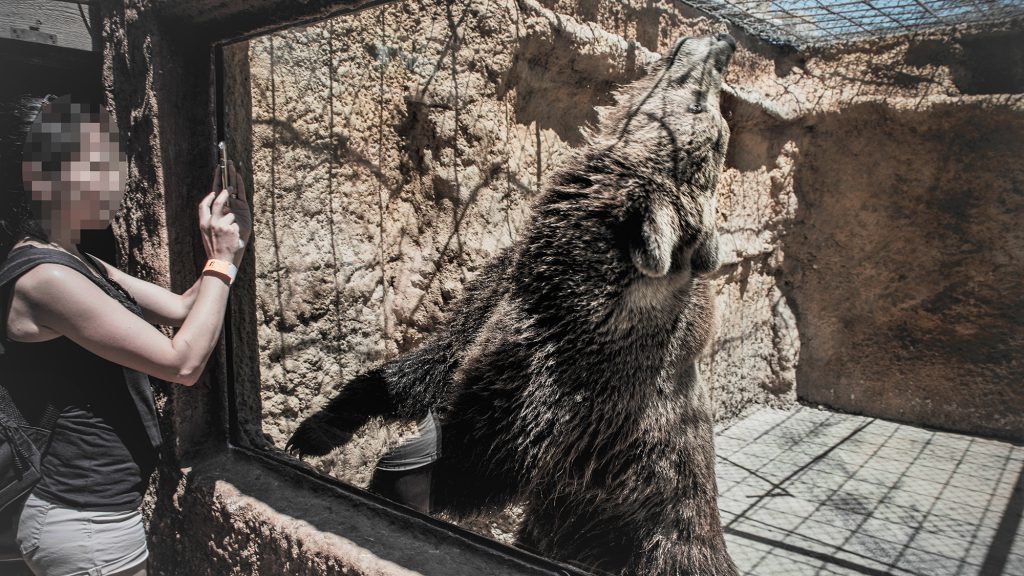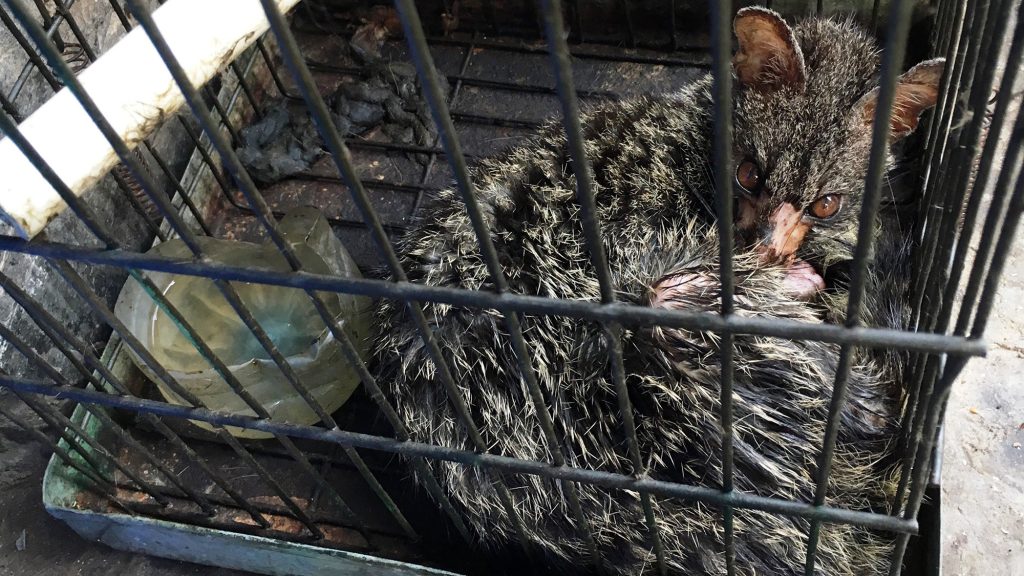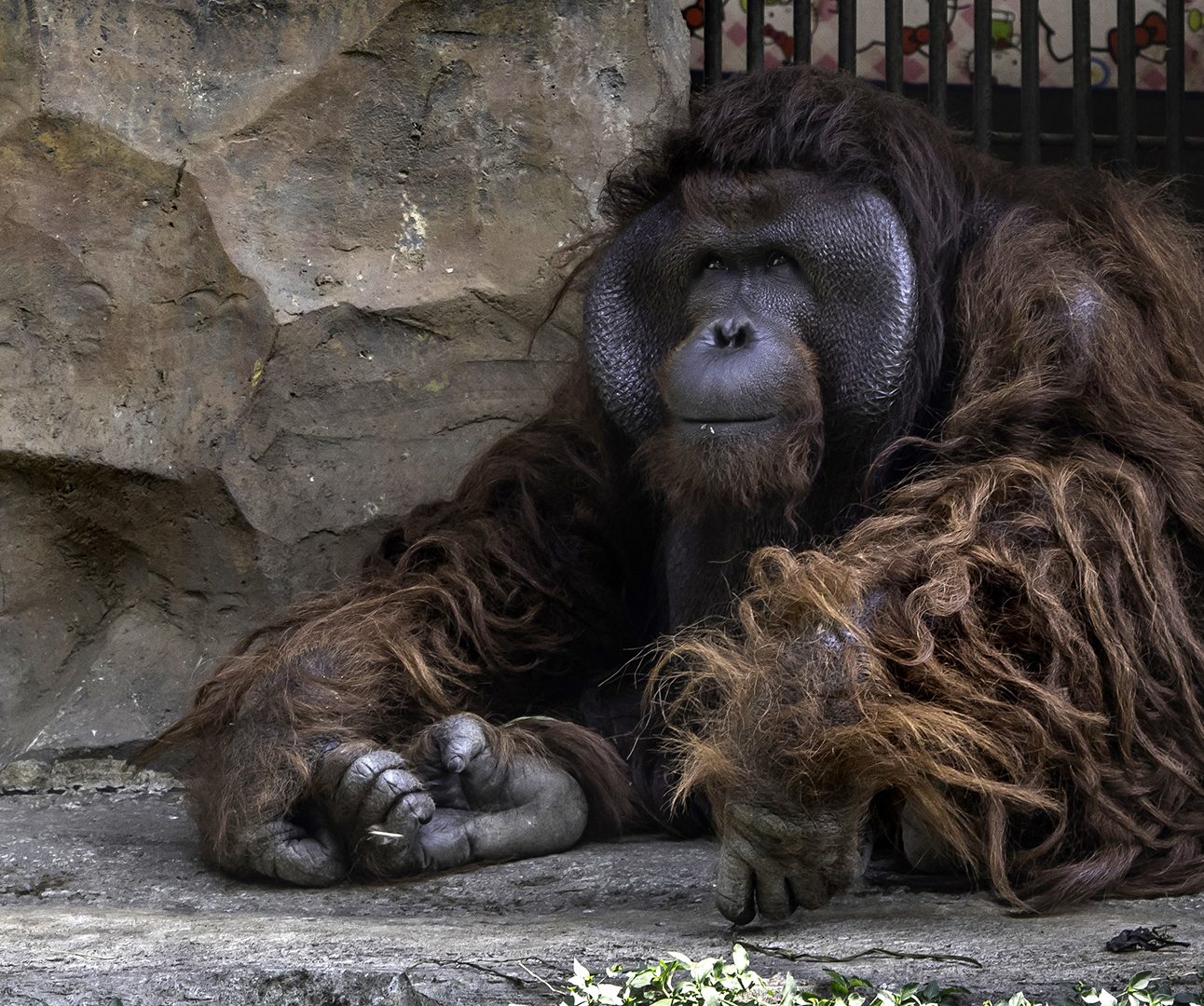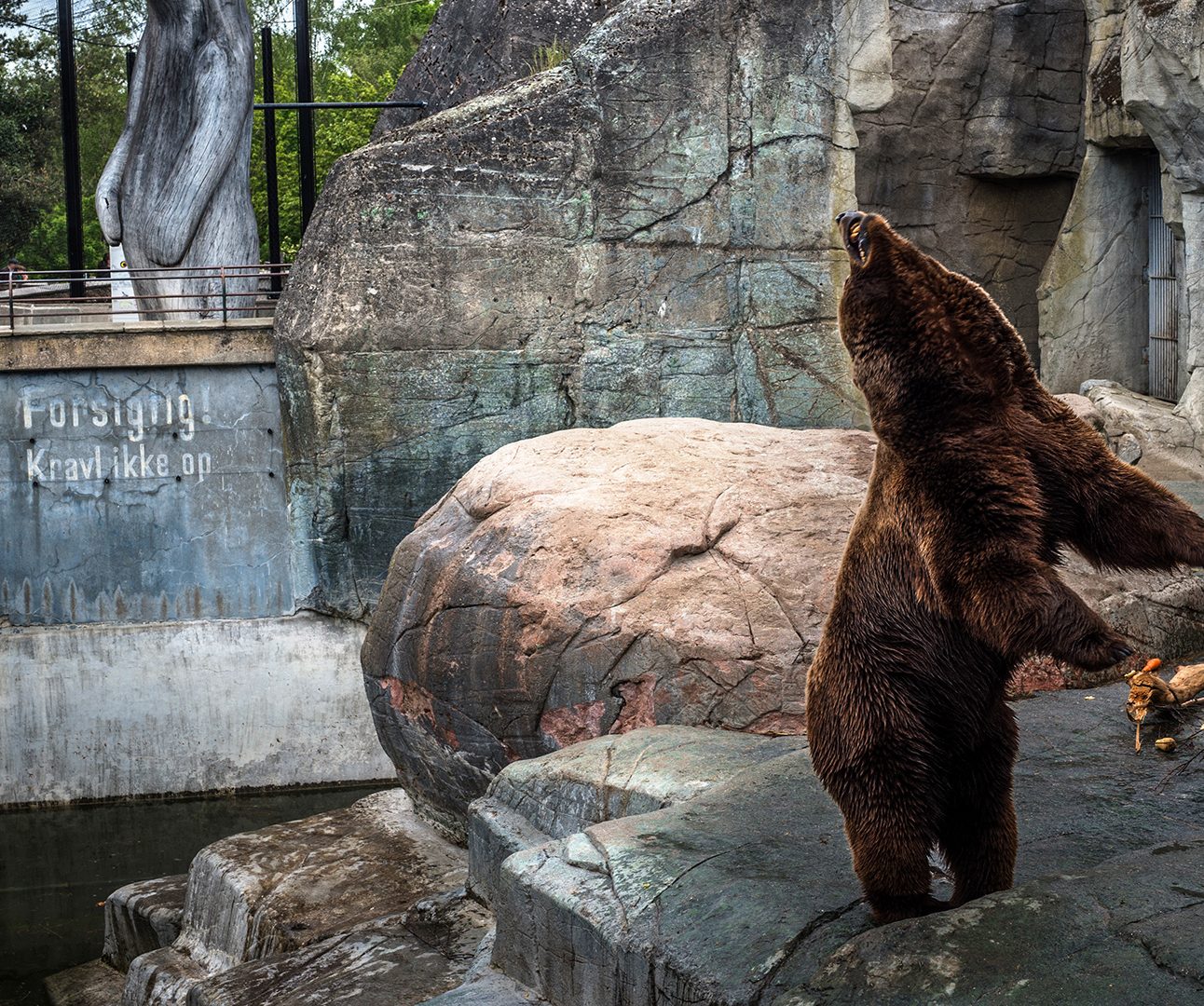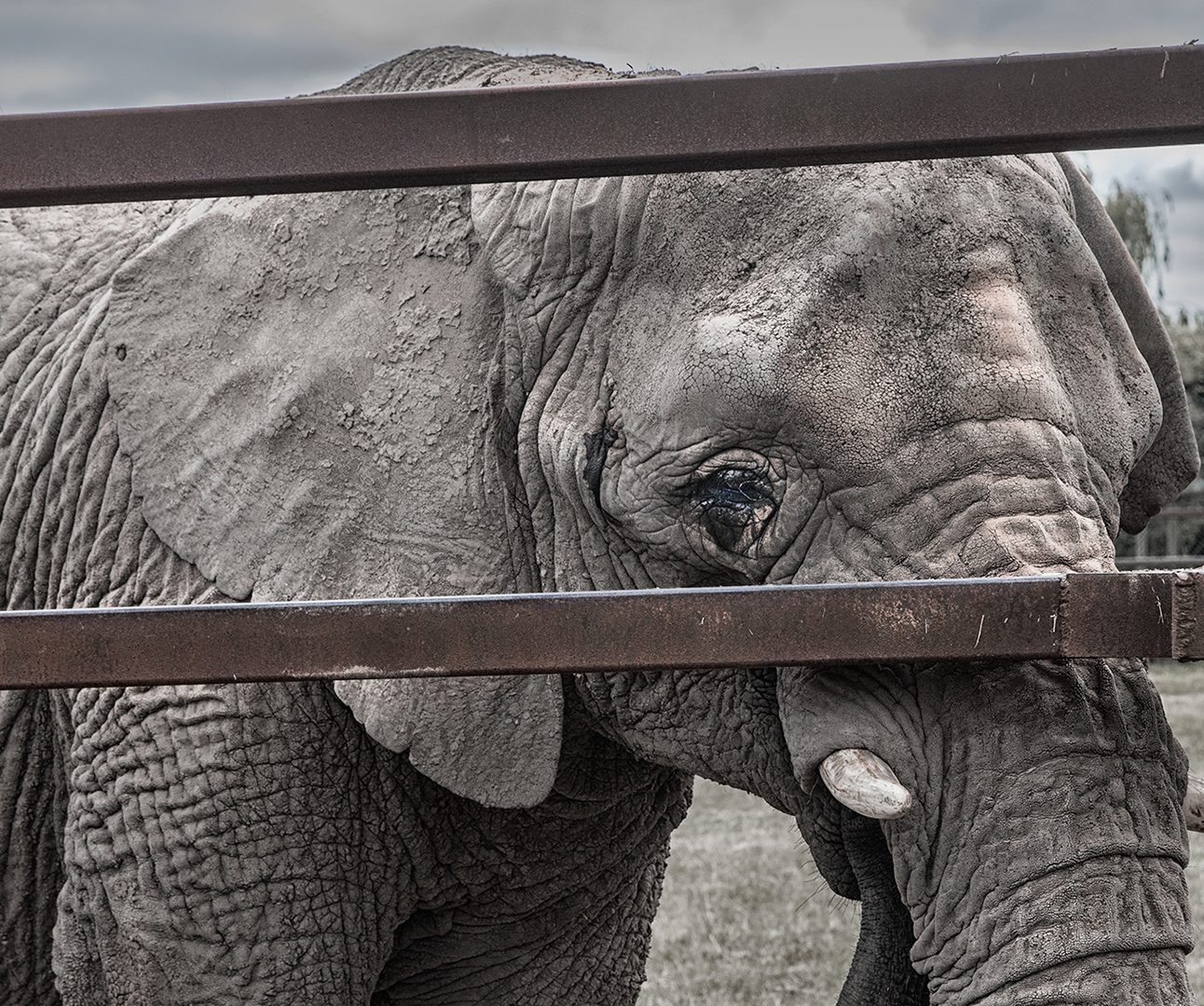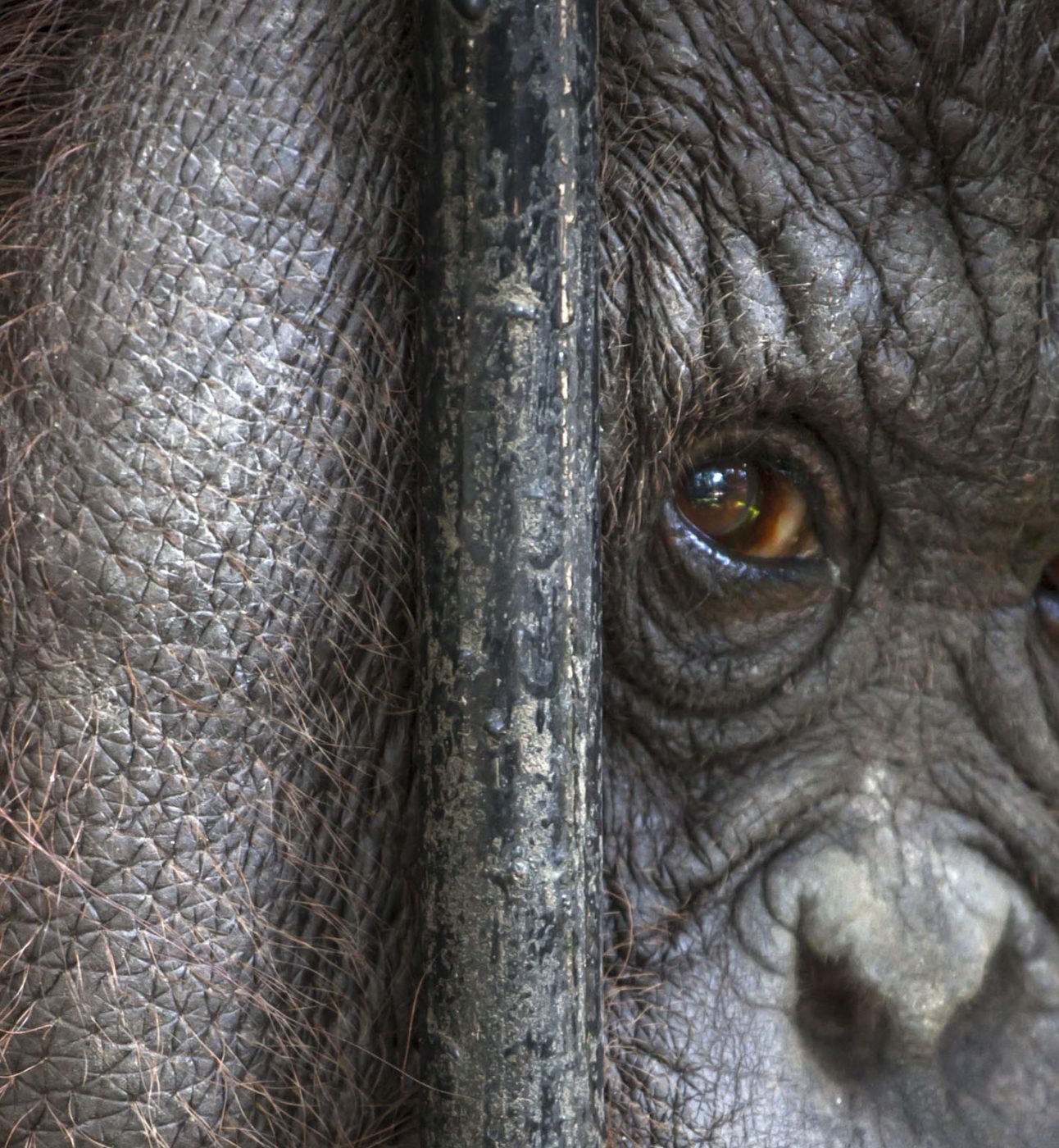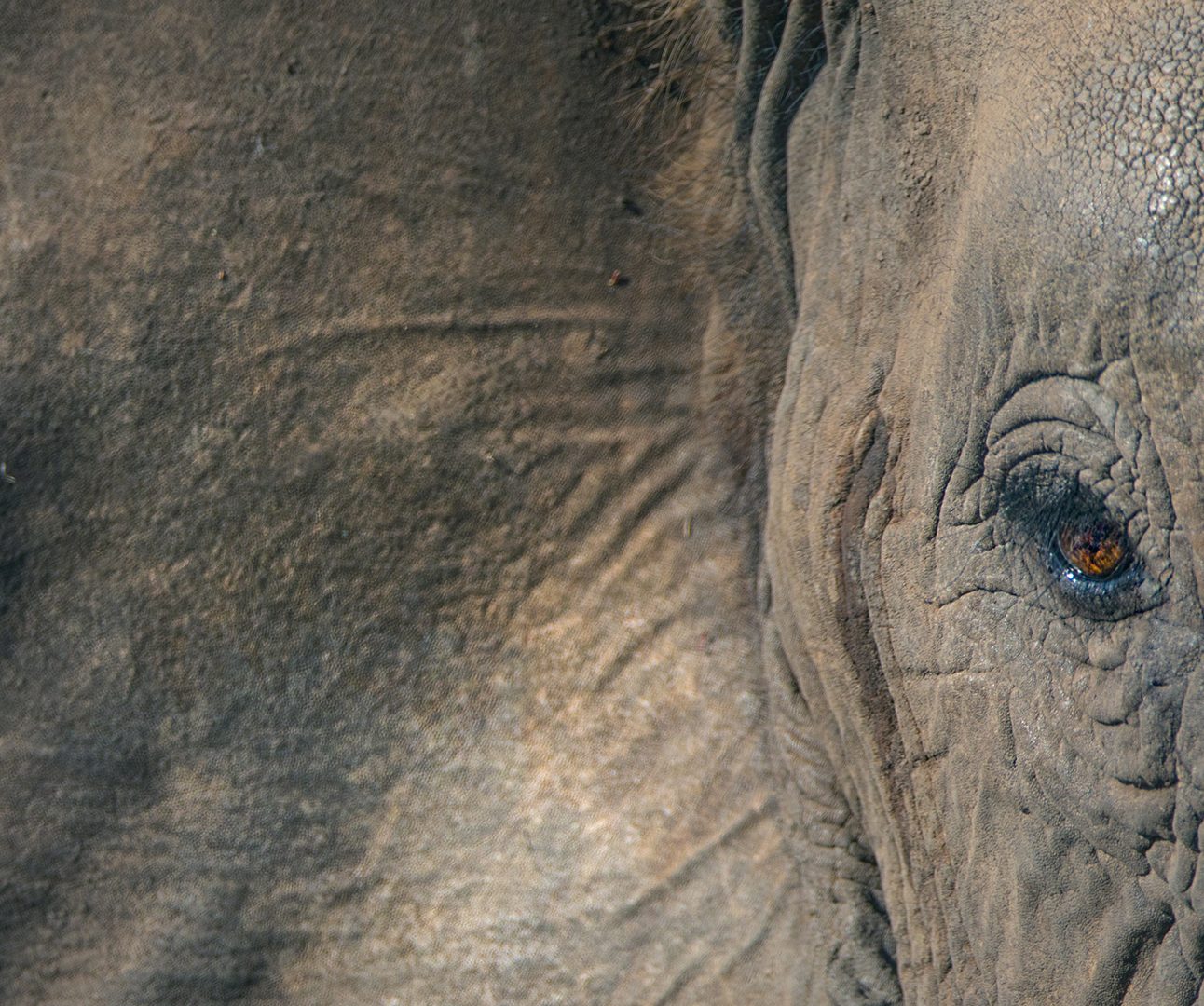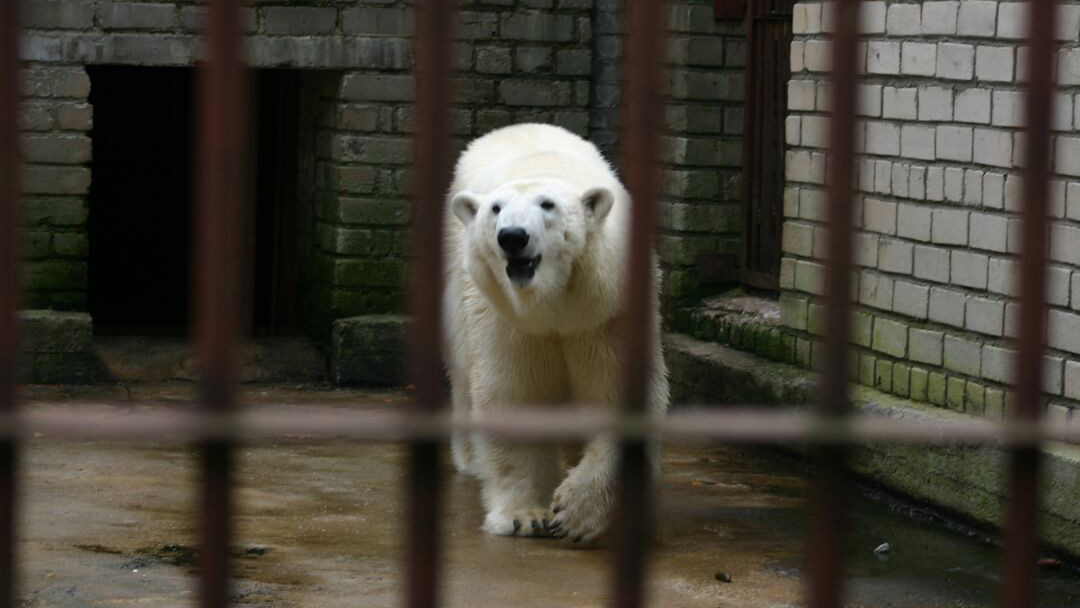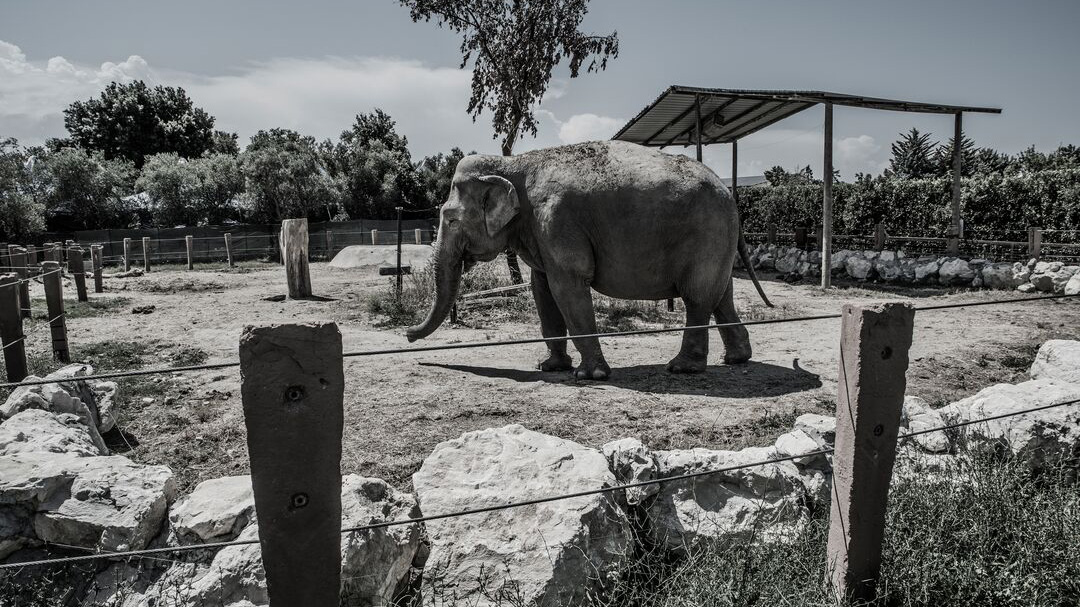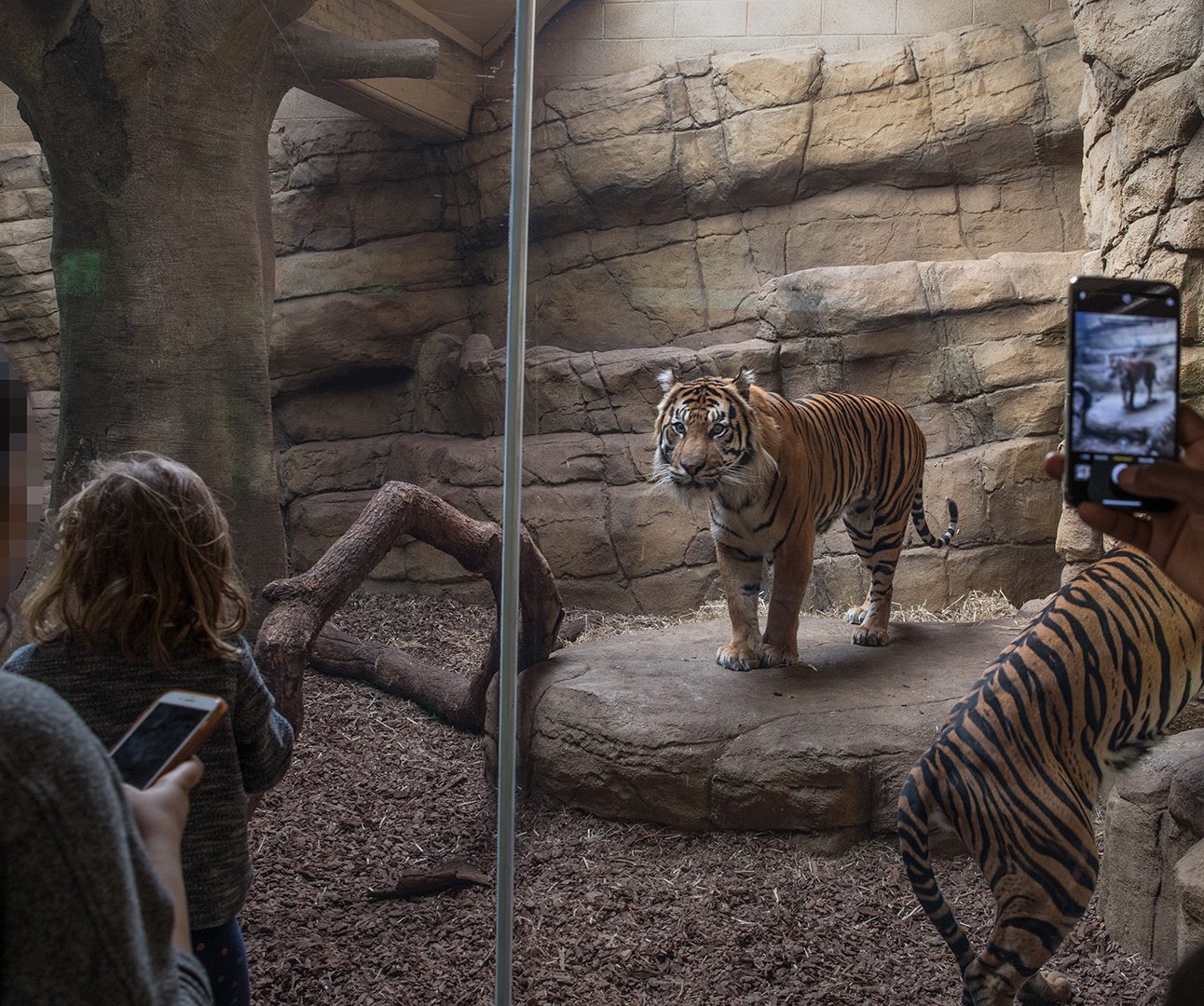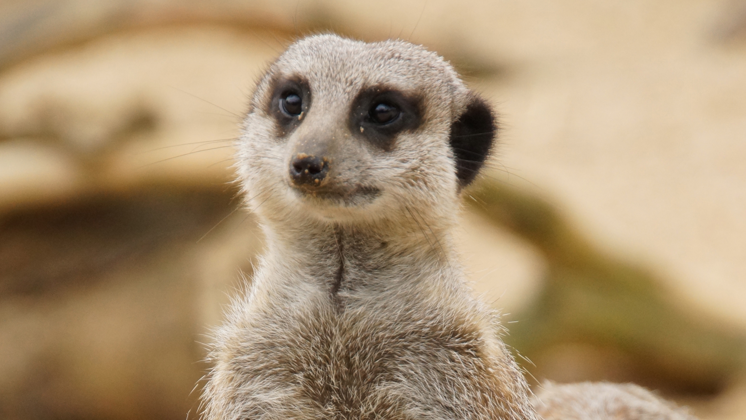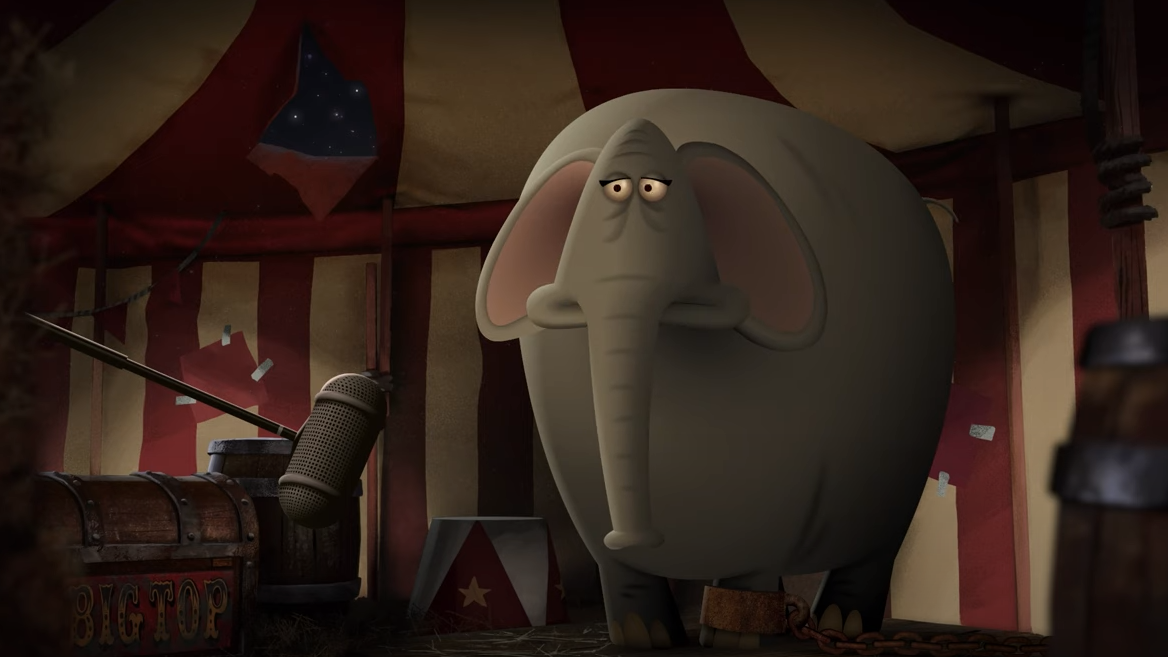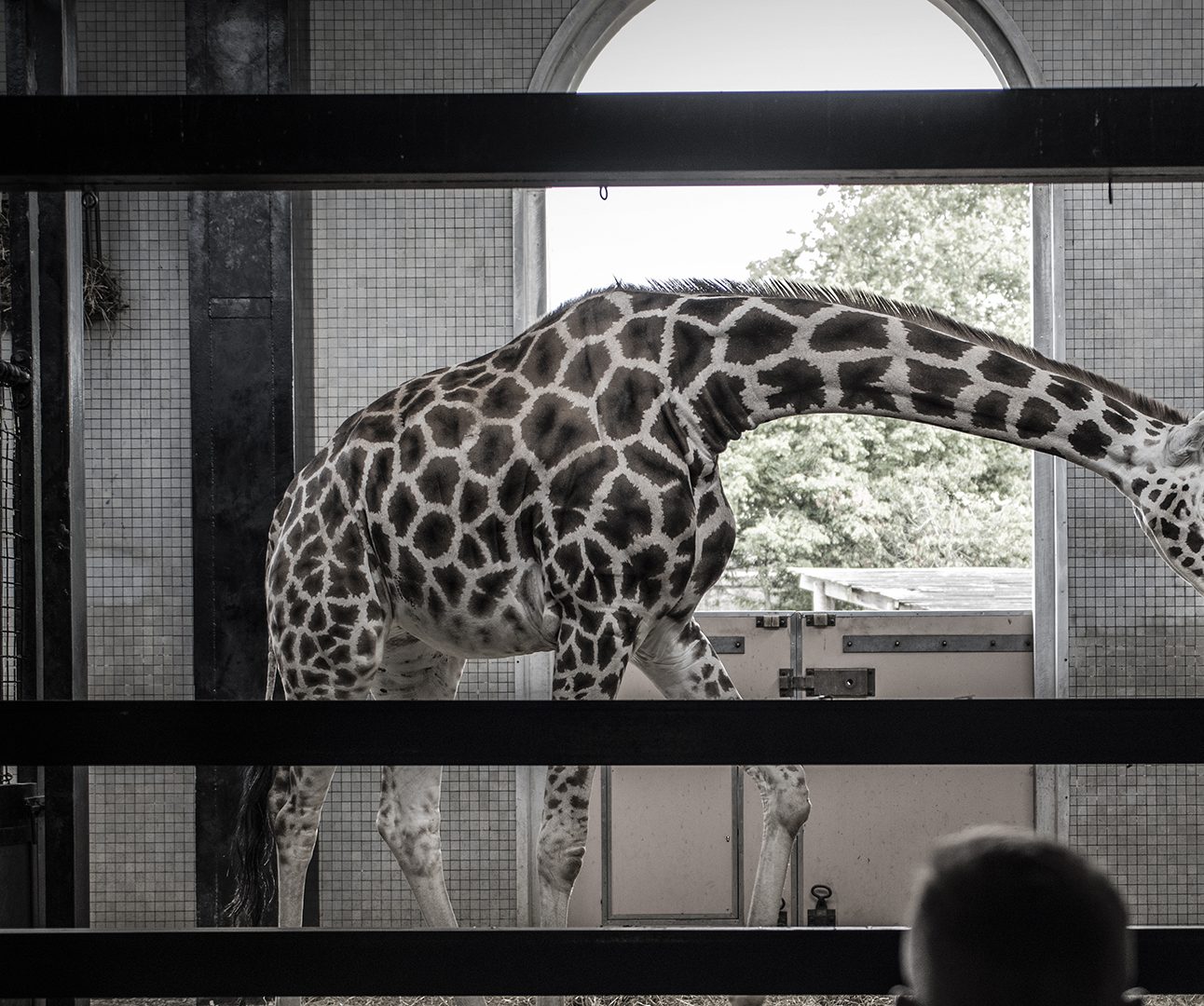
Born Free opposes the exploitation of wild animals in zoos and aquaria.
Since 1984, Born Free has challenged the global zoo industry and today we lead the movement against the captive exploitation of wild animals. We investigate and expose the animal welfare standards of zoos and their commitment to conservation.
Claims by zoos that they contribute to species conservation and public education require careful scrutiny, and cannot be used to justify the keeping and breeding of wild animals in captivity. We challenge the global zoo industry and lobby for policy change in the UK and internationally.
We encourage improvements to animal welfare legislation that affects the lives of wild animals in zoos, and support improved care, while encouraging an informed public to consider directing their support away from the keeping of wild animals in zoos and instead towards protecting them in their natural habitats.
We work to change public attitudes, inform decision-makers, and give captive wild animals a voice. Whether it is exposing exploitation and the shocking conditions endured by captive wild animals or raising greater awareness about the needs of wild animals and their welfare, Born Free takes action on the front line for wild animals in zoos.
Born Free has also rescued and rehomed several animals from zoos. For example, our big cat rescue centres in South Africa give lifetime care to a number of lions and leopards rescued from appalling captive conditions.

